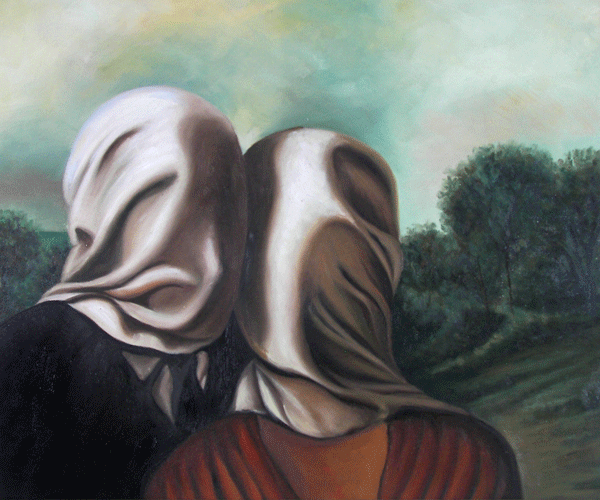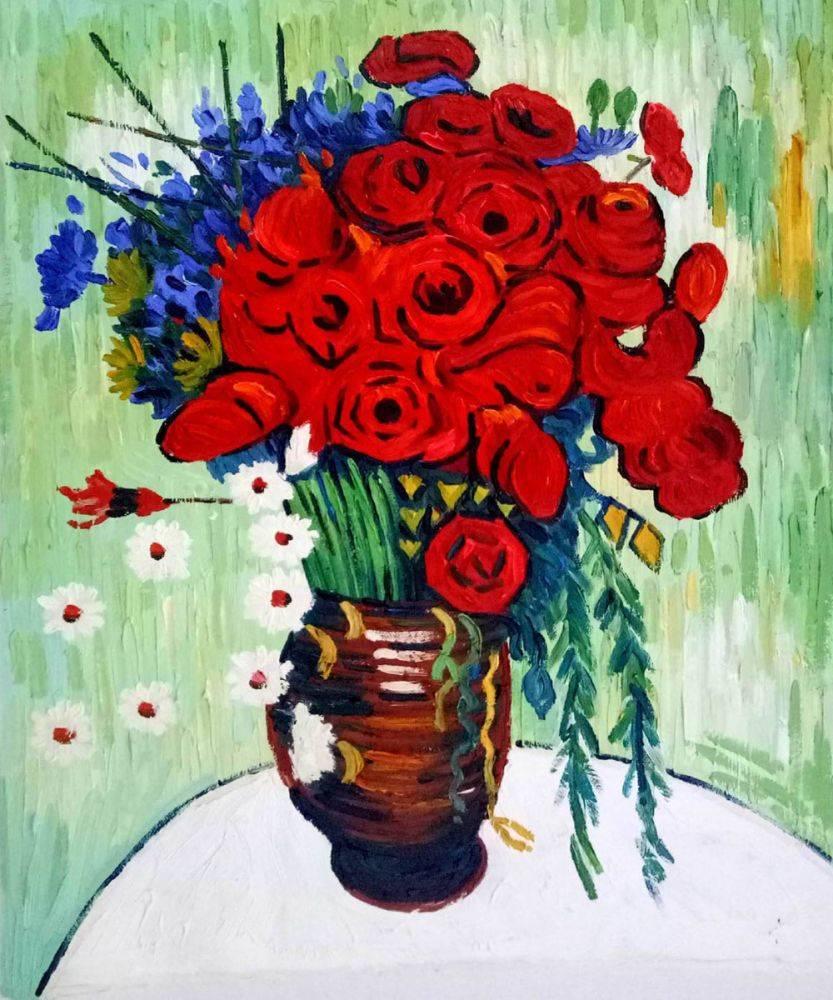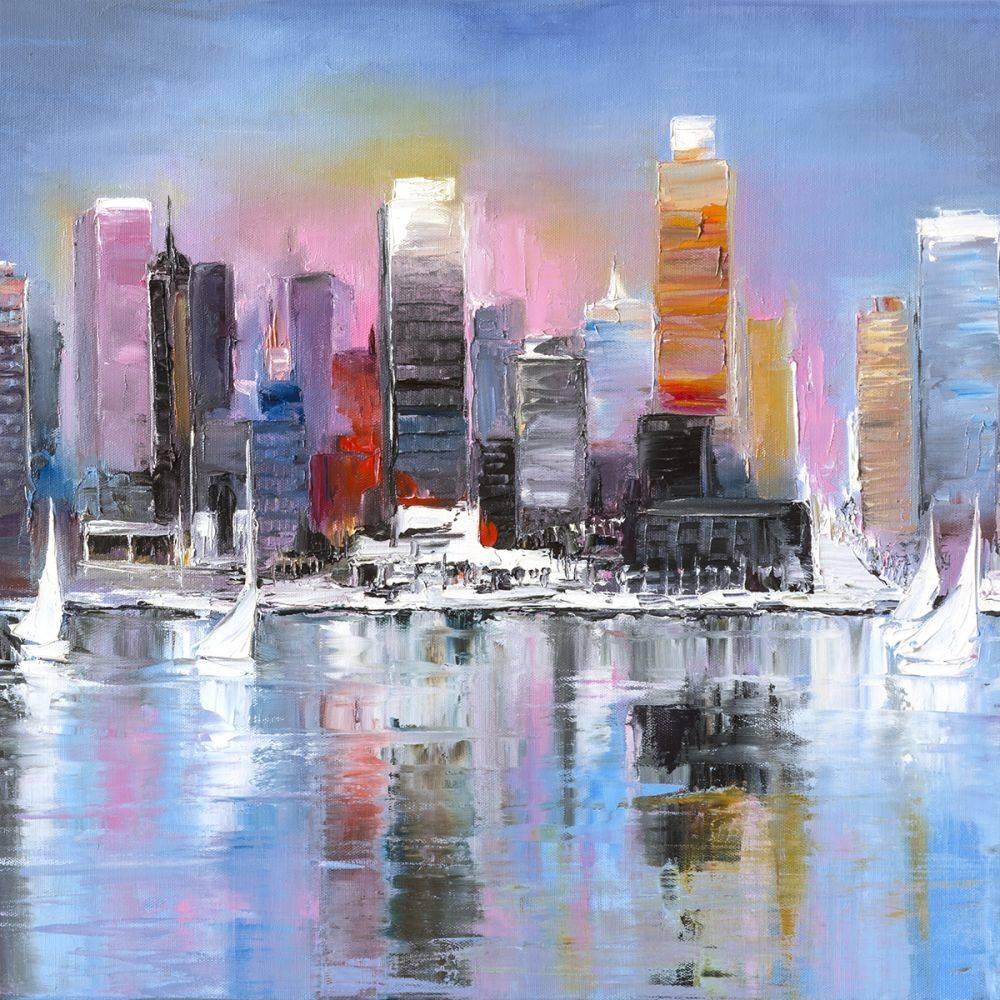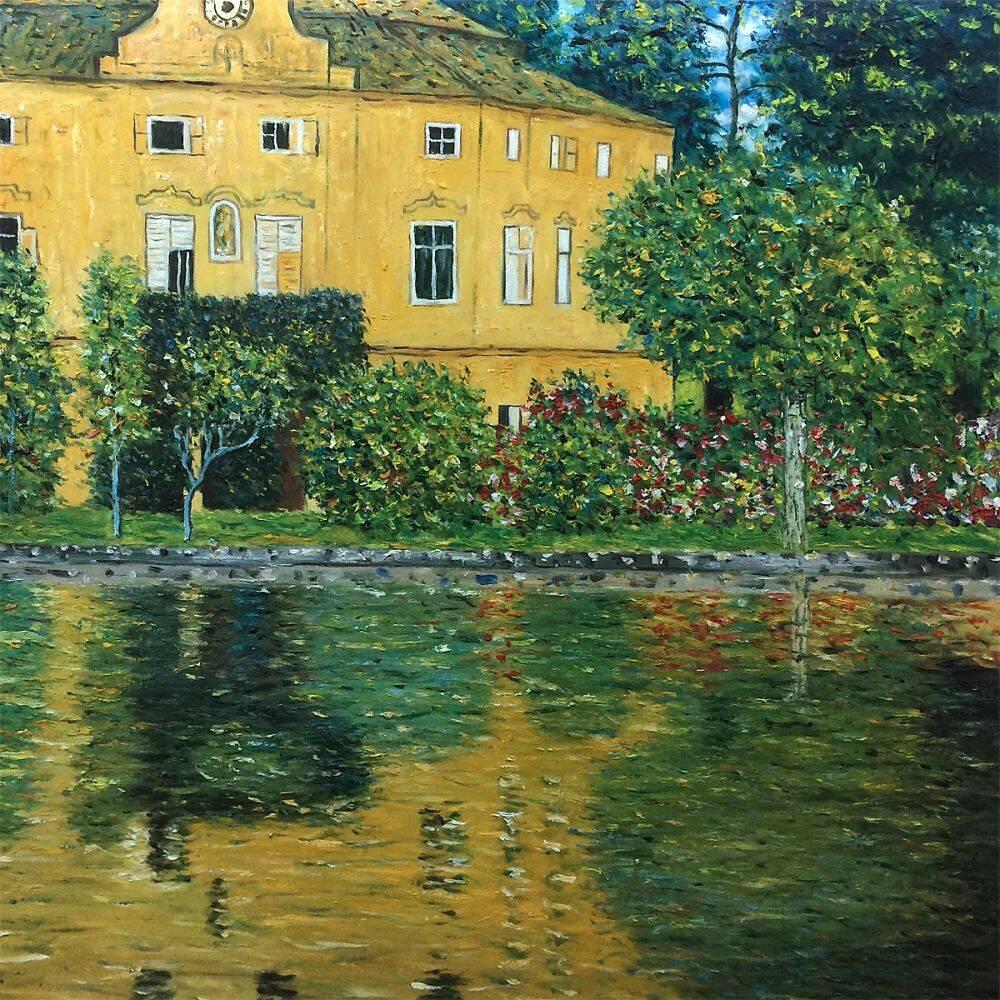Art
Art Reflections
Harry Potter and Rene Magritte Have in Common?
 With the premiere of part one of The Deathly Hallows on November 20, Harry Potter is faced with his greatest challenge yet. November 20 is a date Mr. Potter also shares with famous artist Rene Magritte, whose birthday we also celebrate. However, both of these men have far more in common.
With the premiere of part one of The Deathly Hallows on November 20, Harry Potter is faced with his greatest challenge yet. November 20 is a date Mr. Potter also shares with famous artist Rene Magritte, whose birthday we also celebrate. However, both of these men have far more in common.
Loss of a Mother
In 1912, Rene Magritte’s mother committed suicide by drowning herself in the River Sambre. This was not her first attempt. When his mother was found a few miles from Magritte’s childhood home, her face was covered by her gown. While the artist studied at the Académie Royale des Beaux-Arts, many of his paintings would include figures with their faces covered by a thin drapery.
 However, in young Harry Potter’s case, his mother gave her last breath to save her son from the evil wizard Lord Voldemort. Her love assisted in the rebounding of Voldermort’s death curse and imbued the protagonist with some of Voldemort’s powers–the ability to speak the language of snakes, for instance.
However, in young Harry Potter’s case, his mother gave her last breath to save her son from the evil wizard Lord Voldemort. Her love assisted in the rebounding of Voldermort’s death curse and imbued the protagonist with some of Voldemort’s powers–the ability to speak the language of snakes, for instance.
Tom Riddle and La Reproduction Interdite
Is that Tom Marvolo Riddle? No, that is a portrait by Magritte entitled La Reproduction Interdite,which translates to “Not To Be Reproduced.” In this artwork we have a young man, who certainly resembles Mr. Riddle, staring at the back of his own head. It is an awkward Hall of Mirrors. Magritte, as a godfather of Surrealism, often incorporated symbols and distortions of reality to show his viewer that he could never capture the actual thing on canvas, which brings us to the question at the heart of his work, do we really know ourselves? Who is this? Who is Tom Marvolo Riddle?
 For those who follow the Harry Potter series, we know that Tom Marvolo Riddle’s name rearranges into the letters Lord Voldermort, but who is Lord Voldemort? In the third book, The Prisoner of Askaban, our villain does not appear in person or as a magical manifestation. We later discover that Lord Voldemort has split his soul into seven pieces and hid these pieces in “horcruxes” (Tom Riddle’s diary). Similarly, each of Magritte’s works seem to contain pieces of himself and the repetition of various common and symbolic objects in an usual setting (a bowler hat, lion, bird, and the female body, etcetera).
For those who follow the Harry Potter series, we know that Tom Marvolo Riddle’s name rearranges into the letters Lord Voldermort, but who is Lord Voldemort? In the third book, The Prisoner of Askaban, our villain does not appear in person or as a magical manifestation. We later discover that Lord Voldemort has split his soul into seven pieces and hid these pieces in “horcruxes” (Tom Riddle’s diary). Similarly, each of Magritte’s works seem to contain pieces of himself and the repetition of various common and symbolic objects in an usual setting (a bowler hat, lion, bird, and the female body, etcetera).
Philosophy and Mystery
My painting is visible images which conceal nothing; they evoke mystery and, indeed, when one sees one of my pictures, one asks oneself this simple question, “What does that mean?” It does not mean anything, because mystery means nothing either, it is unknowable. -Rene Magritte
This perception is relevant to Kantian philosophy, and scholars say it is the basis for modern relativism. Since we each only have one perspective, we can never know they universal, it is said. With such elements as The Department of Mysteries, the Mirror of Erised (which you look into, see what you most desire, and become obsessed with it), and horcruxes, the Harry Potter series is a splendid artwork in cinematography which modernizes surrealism and the ideas which are central to Surrealist works like that of Magritte. I wonder how Magritte would depict himself looking into the Mirror of Erised, and if he did see his mother, would a drapery cover her face? Magritte is hailed as the godfather of Surrealism, and J.K. Rowling, author of the Harry Potter series, is unquestionably the author of a new generation of symbolism and Surrealism, not mere fantasy.




